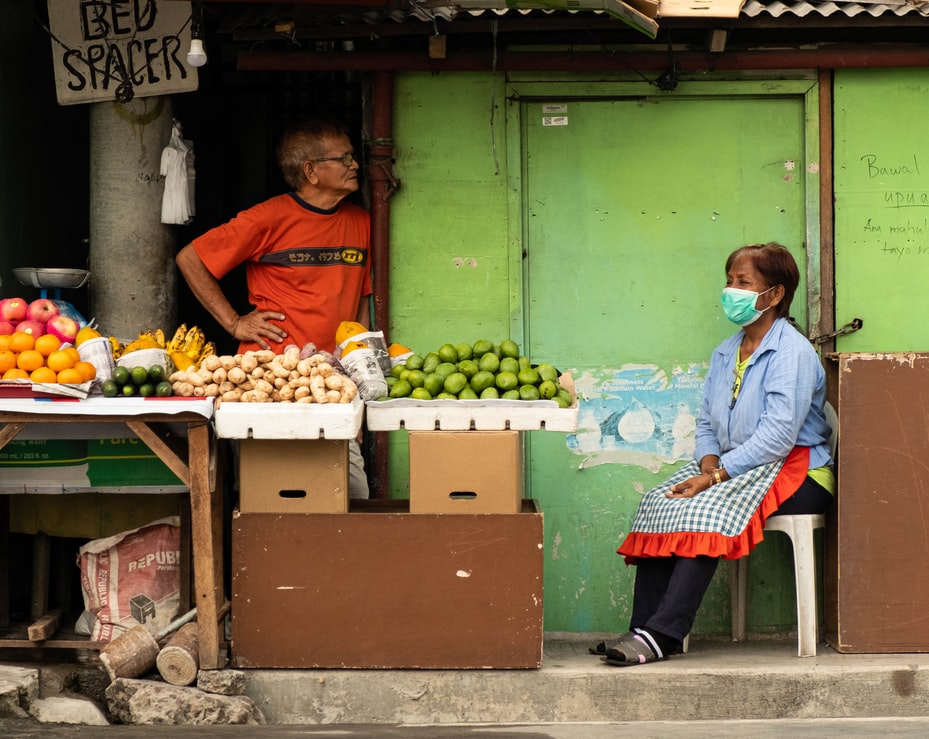Population Dynamics and Household Savings: Evidence from the Philippines
WRITTEN BY
Dennis S. Mapa
Lisa Grace S. Bersales
Published on
2008
Download full publication
Population Dynamics and Household Savings in the Philippines research report.pdf
The economic growth implications due to changes in the nation’s age structure have been substantial. In the course of the demographic transition, countries experience an increasing share of the working age population relative to the total population and this creates favorable effects on economic growth. The changing age structure also influences household saving rate. Household saving rate in the Philippines is one of the lowest in East Asia. This paper looks at the impact of the slow demographic transition in the Philippines on its aggregate household saving rate using panel data from the Family Income and Expenditure Survey (1985 to 2003). The econometric model is based on the augmented life cycle model and the results suggest that the country’s population dynamics play an important role in its household saving rate. The Philippines’ rapid population growth formed a big bulge at the lower portion of the age pyramid that resulted in a higher percentage of young dependents. The data suggests that the country’s high population growth resulted in low household saving rate and consequently, low economic growth. The study also shows that remittances from migrant workers are a major source of aggregate household savings.
